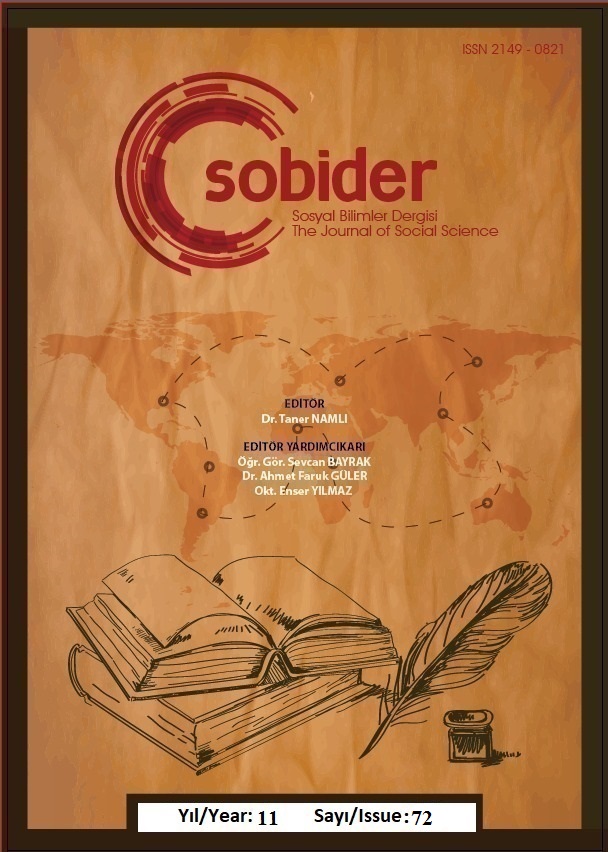Author :
Abstract
Farklı isimlerle anılsa da genel manada yardımcı diyebileceğimiz vezir tarihin her döneminde idarede yerini almıştır. Hz. Peygamber de dâhil devlet başkanlarının idarede yardımcıları olmuştur. Abbasilere kadar bu yardımcıların isimleri farklılaşsa da Abbasilerle birlikte bu yardımcılara vezir ismi verilmiş ve bunlar müstakil bir kurum haline gelen vezirliğin temsilcileri olmuşlardır. Bu vezirler Emevi dönemindeki kâtipler gibidir. Bu itibarla kâtiplik müessesesi vezirliğin basamağı olmuştur. Abbasilerde özellikle halife Mehdi ile birlikte çeşitli sebeplerden dolayı bu vezirlere önemli yetkiler verilmiştir. Özellikle Abbasilerdeki iki vezirlikten biri olan tefviz vezirliği adeta halifenin mutlak vekili sıfatıyla devleti yönetmektedir. Bu denli yetki terakkiye vesile olduğu gibi idarede çatışmalara da sebep olmuştur. Kurumsallaşan bu müessese daha sonraki İslam devletlerinde de yer almış ve günümüze kadar gelmiştir.
Keywords
Abstract
Although referred to by different names, the role of the vizier has always been a part of governance throughout history. They have served as aides to state leaders, including the Prophet Muhammad. While the titles for these aides varied until the Abbasid period, they were collectively referred to as viziers from that point onward, becoming representatives of a distinct institution known as the vizierate. These viziers can be compared to the scribes of the Umayyad period. In this regard, the institution of scribes served as a stepping stone to the vizierate. Especially during the Abbasid era, particularly under Caliph Al-Mahdi, viziers were granted significant powers for various reasons. One of the two types of vizierate in the Abbasid period, known as the "tefviz" vizierate, effectively managed the state as the absolute deputy of the caliph. While this level of authority contributed to progress, it also led to conflicts within the administration. This institutionalized role was adopted by later Islamic states and has persisted to the present day.





